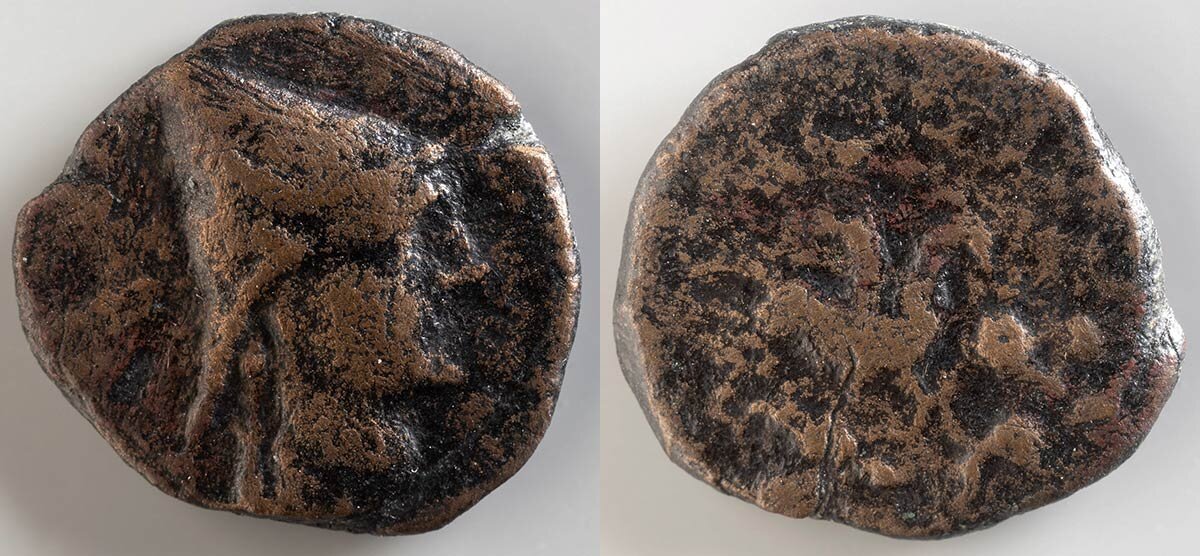Minting a Nation: Ancient Coins in the Armenian Museum’s Collection
The earliest coins in the Western world were introduced about 2600 years ago in Asia Minor and the Aegean, only a few hundred miles west of the Armenian highland. As ancient societies progressed and trade increased, a need grew to simplify exchanges and transactions between persons. Over the next several centuries, the use of coinage gradually spread in the Near East.
Within about two centuries, a few coins had reached Armenia, possibly through commerce. The Armenian highland was rich in mineral resources, and its inhabitants were skilled in the processing of ores and metals. Gradually, from about 300 BC until the time of Jesus Christ, Armenian satraps and kings from Sophene, Commagene, and Great Armenia struck coins in silver and bronze which were widely circulated in local and more distant markets.
Armenia also played a noteworthy role in Roman politics, as a semi-independent buffer state between Rome and Parthia. The unique status of Armenia was commemorated on Roman coinage, especially when Rome wanted to advertise a conquest of Armenia. Several Roman emperors struck coins that mention Armenia and/or depict representations of Armenia on their coins.
The numismatic collection of the Armenian Museum of America was formed largely on the basis of the collection of Dr. Paul Z. Bedoukian, one of the museum’s major benefactors and himself a numismatic scholar whose research and writings introduced Armenian coins to the wider public.
For this display, we have selected a representative group of silver and bronze coins of these early kingdoms from the Museum collection.
Please click through the slideshow to see just a few samples from our collection of nearly 4,000 coins, as guest-curated by Dr. Levon Saryan. Dr. Saryan is a member of our Board of Trustees and of Armenia’s National Academy of Sciences.
Please hover cursor over images as you click through for caption..







